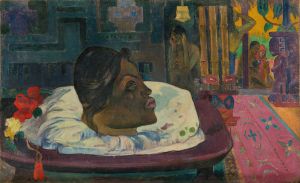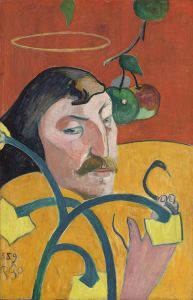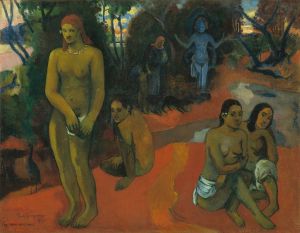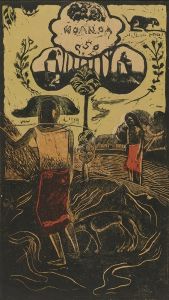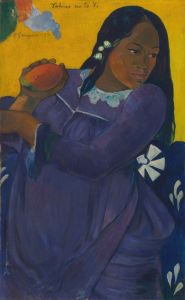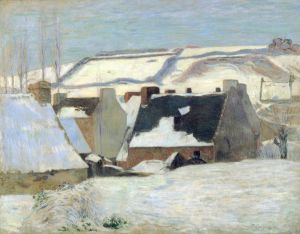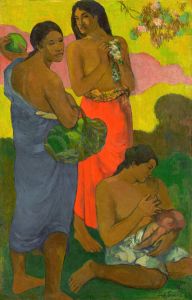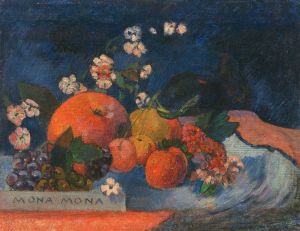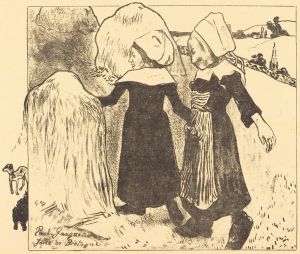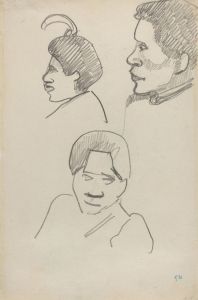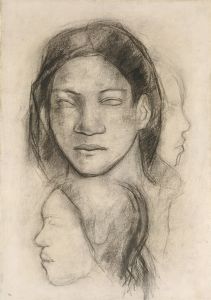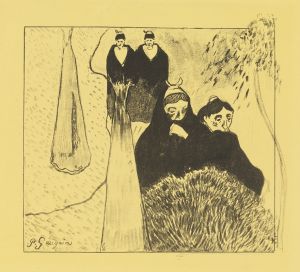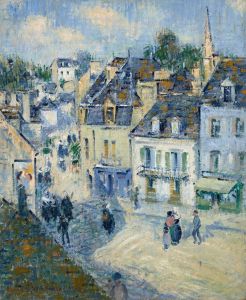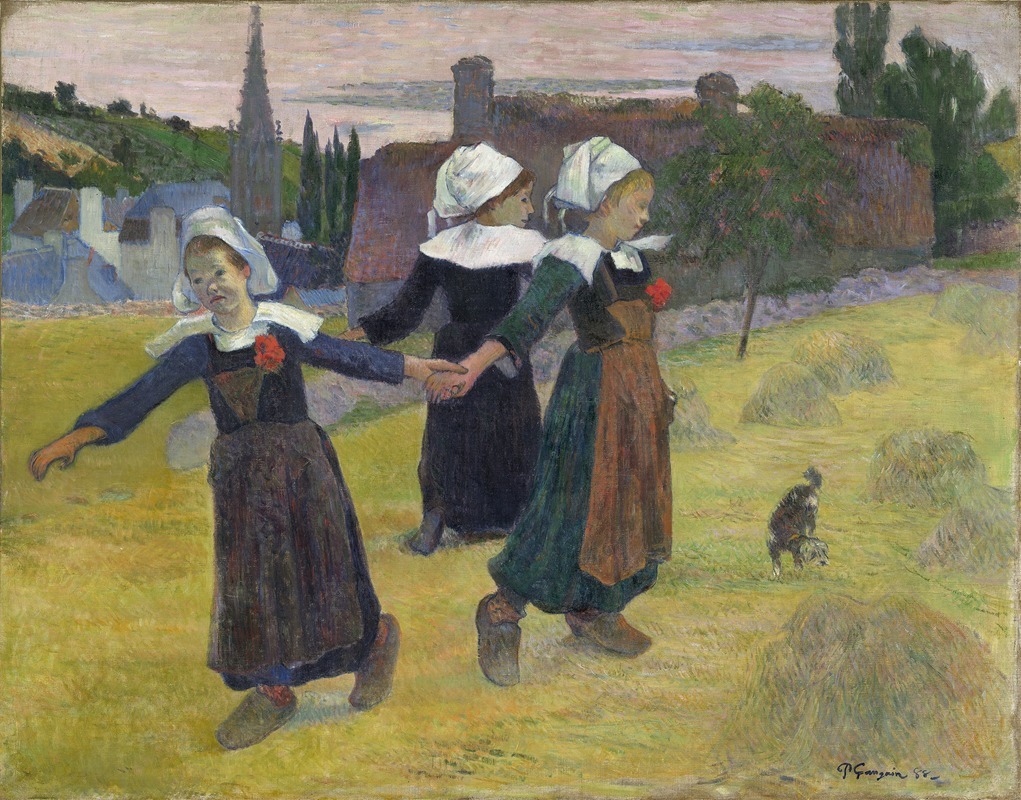
Breton Girls Dancing,Pont-Aven
A hand-painted replica of Paul Gauguin’s masterpiece Breton Girls Dancing,Pont-Aven, meticulously crafted by professional artists to capture the true essence of the original. Each piece is created with museum-quality canvas and rare mineral pigments, carefully painted by experienced artists with delicate brushstrokes and rich, layered colors to perfectly recreate the texture of the original artwork. Unlike machine-printed reproductions, this hand-painted version brings the painting to life, infused with the artist’s emotions and skill in every stroke. Whether for personal collection or home decoration, it instantly elevates the artistic atmosphere of any space.
"Breton Girls Dancing, Pont-Aven" is a painting created by the French Post-Impressionist artist Paul Gauguin in 1888. This work is one of Gauguin's many depictions of life in Brittany, a region in northwestern France, where he spent significant time during the late 1880s. The painting reflects Gauguin's interest in capturing the rural traditions, customs, and landscapes of Brittany, which he found to be a source of inspiration and a contrast to the industrialized modernity of Paris.
The artwork portrays a group of Breton girls dancing in a circle, a scene that emphasizes the communal and folkloric aspects of Breton culture. The figures are dressed in traditional Breton costumes, which include distinctive headdresses and garments, highlighting the region's unique cultural identity. The setting is likely the village of Pont-Aven, a small town that became a hub for artists during the late 19th century. Gauguin was part of the Pont-Aven School, an informal group of artists who sought to break away from the conventions of academic art and explore new approaches to color, form, and composition.
In "Breton Girls Dancing, Pont-Aven," Gauguin employs bold, flat areas of color and simplified forms, which are characteristic of his developing style during this period. The painting demonstrates his move away from the naturalistic techniques of Impressionism toward a more symbolic and expressive use of color and shape. This stylistic shift was influenced by his interest in Japanese prints, folk art, and the work of other avant-garde artists.
The painting is also notable for its spiritual and symbolic undertones. Gauguin was deeply interested in the spiritual dimensions of art, and his time in Brittany exposed him to the region's strong Catholic traditions and rituals. While the scene appears to depict a simple moment of rural life, it may also reflect Gauguin's fascination with the mystical and timeless qualities of Breton culture.
"Breton Girls Dancing, Pont-Aven" is held in the collection of the National Gallery of Art in Washington, D.C. It remains an important example of Gauguin's work during his time in Brittany and a testament to his innovative approach to art during this formative period of his career.





